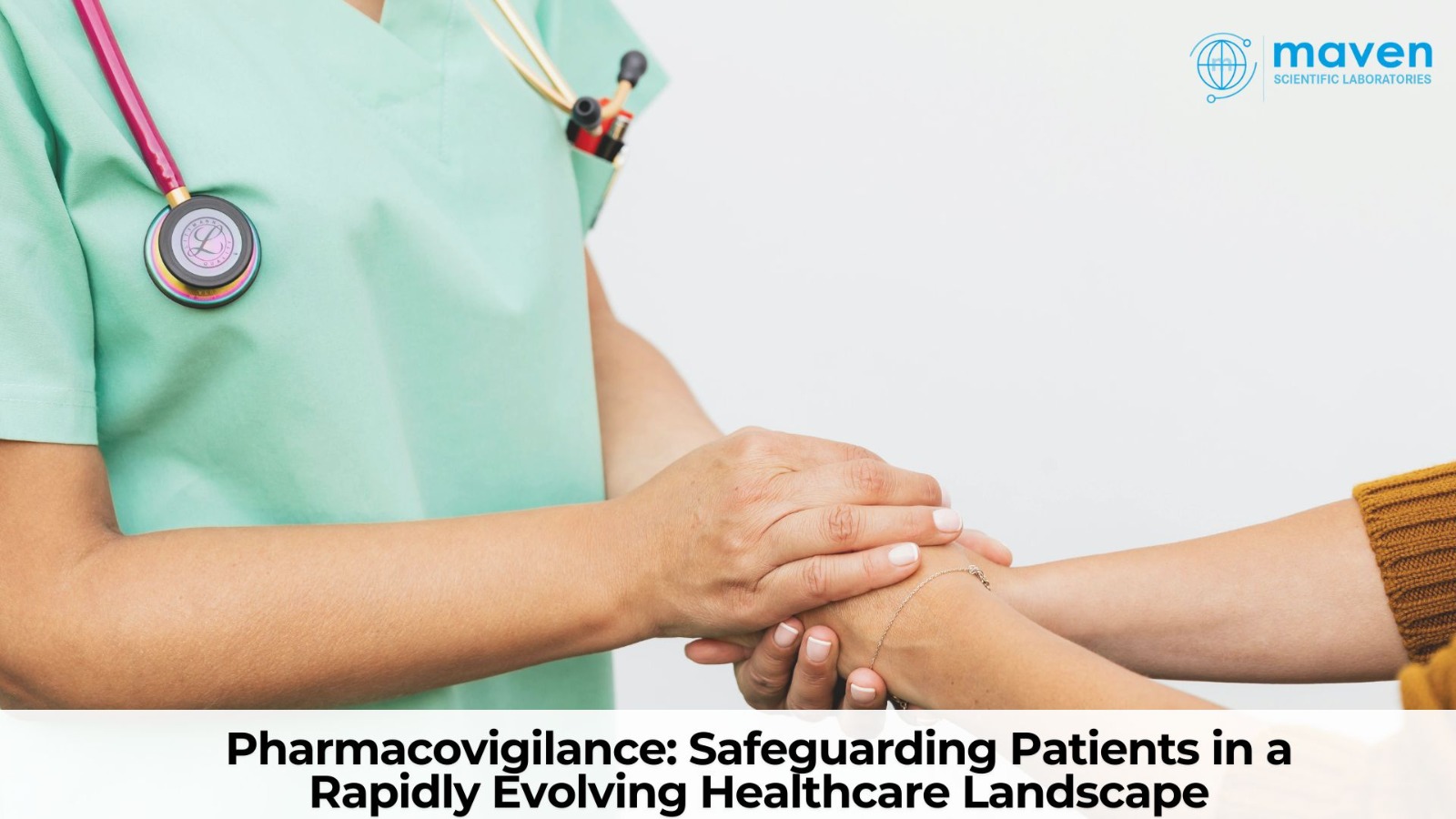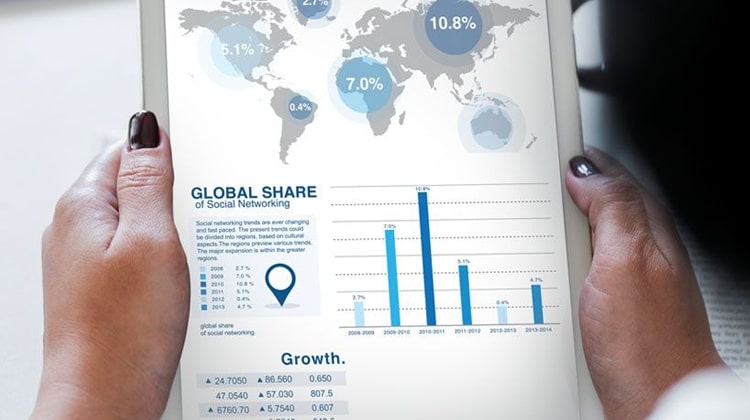
Pharmacovigilance: Safeguarding Patients In A Rapidly Evolving Healthcare Landscape
In an era of constant pharmaceutical innovation, ensuring patient safety post-approval is more crucial than ever. Pharmacovigilance (PV)—also known as drug safety—is the science dedicated to monitoring, assessing, and preventing adverse effects from medicinal products. While new treatments offer hope, PV ensures that the benefits continue to outweigh the risks once a drug reaches the wider population.
What Is Pharmacovigilance?
Pharmacovigilance goes beyond just identifying side effects. It’s a structured process of collecting data, detecting trends, assessing risks, and ensuring transparency. It plays a central role in protecting patients and upholding the integrity of healthcare systems worldwide.
Why Is It Critical?
Clinical trials typically involve a few thousand patients. But when a drug is released to the public, it may be used by millions. This can reveal rare, long-term, or unexpected adverse reactions not observed in trials. Pharmacovigilance detects and addresses these “unknowns,” often before they become major public health concerns.
Key Components of Pharmacovigilance
- Adverse Event Reporting:
Healthcare professionals and patients report side effects to regulatory bodies and databases. - Signal Detection:
Using statistical tools, experts analyze reported data to uncover emerging patterns of concern. - Risk Management Plans (RMPs):
Drug manufacturers must create and follow plans to reduce known or potential risks. - Regulatory Action:
Authorities may update warnings, restrict usage, or withdraw unsafe medicines from the market.
Global Oversight and Cooperation
Pharmacovigilance is managed by both national and international agencies, including:
- WHO-Uppsala Monitoring Centre (UMC)
- U.S. FDA
- European Medicines Agency (EMA)
- UK’s MHRA
These organizations work in tandem with healthcare professionals and pharmaceutical companies to maintain a robust safety net.
Real-World Impact
Pharmacovigilance has led to the timely withdrawal of harmful drugs, such as Vioxx in 2004, which was linked to increased heart attack risk. Without PV systems, such issues might remain undetected, posing long-term risks to millions.
The Future of Pharmacovigilance
The integration of AI, big data, and electronic health records is revolutionizing drug safety. Automated signal detection and predictive analytics are enhancing the speed and accuracy of PV activities, helping healthcare systems respond in real-time to potential threats.
Conclusion
Pharmacovigilance may often operate behind the scenes, but its influence is far-reaching and lifesaving. By staying vigilant, responsive, and data-driven, it ensures that the medicines we trust continue to be safe for everyone.







